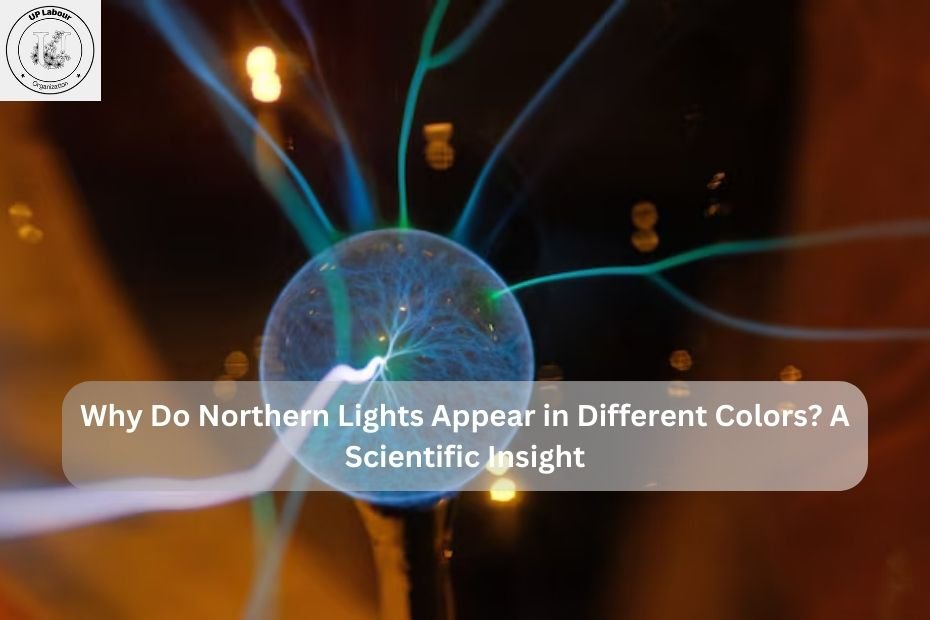Have you ever stood outside on a crisp, clear night and gazed up at the sky, mesmerized by the dancing waves of color known as the Northern Lights? Also called the Aurora Borealis, these stunning natural displays have captivated people for centuries. But what causes this breathtaking phenomenon? The answer lies in a complex interplay between the Earth’s magnetosphere and solar activity. Let’s explore how Earth’s magnetic field creates the Northern Lights and why this spectacle is more than just a pretty sight.
Understanding the Magnetosphere
Before we dive into the Northern Lights, let’s take a moment to understand the magnetosphere. Imagine the Earth wrapped in a giant invisible shield. This shield is the magnetosphere, created by the Earth’s magnetic field. The Earth generates this magnetic field through the movement of molten iron in its outer core. This magnetic field extends into space, protecting us from solar winds—streams of charged particles emitted by the sun.
When solar winds reach Earth, they interact with the magnetosphere. However, the magnetosphere isn’t a solid barrier. Instead, it’s dynamic and can change shape based on solar activity. Sometimes, during solar storms, the magnetosphere gets compressed, allowing more solar particles to enter.
Solar Winds and Their Role
To understand how solar winds contribute to the Northern Lights, let’s explore what these winds are. Solar winds are streams of charged particles, primarily electrons and protons, ejected from the sun’s surface. The sun is a massive ball of gas that constantly releases energy, and this energy can propel these particles into space.
When solar winds travel toward Earth, they can carry a lot of energy. If there’s a significant solar event, like a solar flare or coronal mass ejection (CME), the number of particles in the solar wind increases dramatically. When these high-energy particles collide with the Earth’s magnetic field, they can create magnificent light shows in the polar regions.
The Interaction Between Solar Winds and the Magnetosphere
So, what happens when solar winds meet the magnetosphere? It’s a bit like a dance. As solar winds approach Earth, they can compress the magnetosphere, causing it to change shape. This compression allows some solar particles to enter the magnetosphere, particularly near the polar regions where the magnetic field lines converge.
When these charged particles penetrate the magnetosphere, they travel along the magnetic field lines toward the poles. As they move deeper into the magnetosphere, they encounter gases in the Earth’s atmosphere, mainly oxygen and nitrogen. This is where the magic begins!
The Atmosphere’s Role in Creating Northern Lights
As the high-energy particles collide with gas molecules in the atmosphere, they transfer their energy to these molecules. This energy excites the gas particles, which means they gain energy and enter a higher energy state. When the excited particles return to their normal state, they release that energy in the form of light. This process creates the beautiful colors we see in the Northern Lights.
The colors of the Northern Lights depend on the type of gas involved and the altitude at which the collisions occur. Here are some of the common colors you might see:
- Green: This is the most common color and is produced when solar particles collide with oxygen at altitudes of about 100 km (62 miles).
- Red: This rare color occurs at higher altitudes, above 200 km (124 miles), and is also due to interactions with oxygen.
- Purple and Blue: These colors come from nitrogen molecules. When solar particles collide with nitrogen at lower altitudes, they can produce beautiful blue and purple hues.
Where and When to See the Northern Lights
The Northern Lights are best viewed in locations near the magnetic poles, such as Alaska, Canada, and northern Scandinavia. The closer you are to the poles, the more likely you are to see this spectacular display. The lights are most active during the winter months when the nights are long and dark.
However, you can sometimes catch a glimpse of the Northern Lights farther south during periods of high solar activity. For instance, strong solar storms can push the auroras further south, allowing places like the northern United States to enjoy the show.
To increase your chances of witnessing the Northern Lights, consider these tips:
- Check the Forecast: There are websites and apps that provide aurora forecasts based on solar activity and geomagnetic conditions.
- Find Dark Skies: Light pollution can obscure your view, so head to a location far from city lights.
- Be Patient: Sometimes, the Northern Lights can be elusive. Dress warmly and be prepared to wait.
The Cultural Significance of the Northern Lights
Throughout history, the Northern Lights have held significant cultural meaning for various societies. Indigenous peoples of the Arctic regions often have rich folklore and traditions surrounding the auroras. For example, the Inuit people believed that the lights were spirits dancing in the sky, while others viewed them as omens or messages from the ancestors.
In modern times, the Northern Lights continue to inspire artists, photographers, and travelers. Many people travel thousands of miles, seeking the ultimate aurora experience. The lights symbolize beauty, mystery, and the wonders of nature, drawing people closer to the natural world.
Protecting Our Magnetosphere
As we marvel at the Northern Lights, it’s essential to recognize the importance of the magnetosphere and its role in protecting life on Earth. While the magnetosphere does a fantastic job of shielding us from harmful solar radiation, it’s also affected by human activities.
Pollution, climate change, and other environmental factors can have indirect effects on the atmosphere and potentially influence auroral activity. By taking care of our planet and addressing climate change, we can help maintain the delicate balance of Earth’s systems, including the magnetosphere.
The Future of Aurora Research
Scientists continue to study the Northern Lights to gain a better understanding of the Earth’s magnetosphere and the complex interactions that create this beautiful phenomenon. Research involves monitoring solar activity, measuring magnetic fields, and studying atmospheric conditions.
New technologies, like satellites and ground-based observatories, have improved our ability to predict and study the auroras. This ongoing research not only enhances our understanding of the Northern Lights but also contributes to our knowledge of space weather and its potential impact on technology and communication systems.
Conclusion
The Northern Lights are a mesmerizing natural wonder that showcases the beauty of our planet’s magnetosphere. Understanding how Earth’s magnetic field interacts with solar winds to create these stunning displays enhances our appreciation for this phenomenon. As we continue to explore the mysteries of the universe, the Northern Lights serve as a reminder of the intricate connections between the Earth, the sun, and the cosmos.
So, whether you’re a seasoned traveler seeking the perfect view or a curious learner wanting to know more, the Northern Lights are a testament to the beauty and complexity of our natural world. So next time you find yourself under a starry sky, take a moment to appreciate the dance of colors above and the science that makes it all possible. Happy aurora watching!

